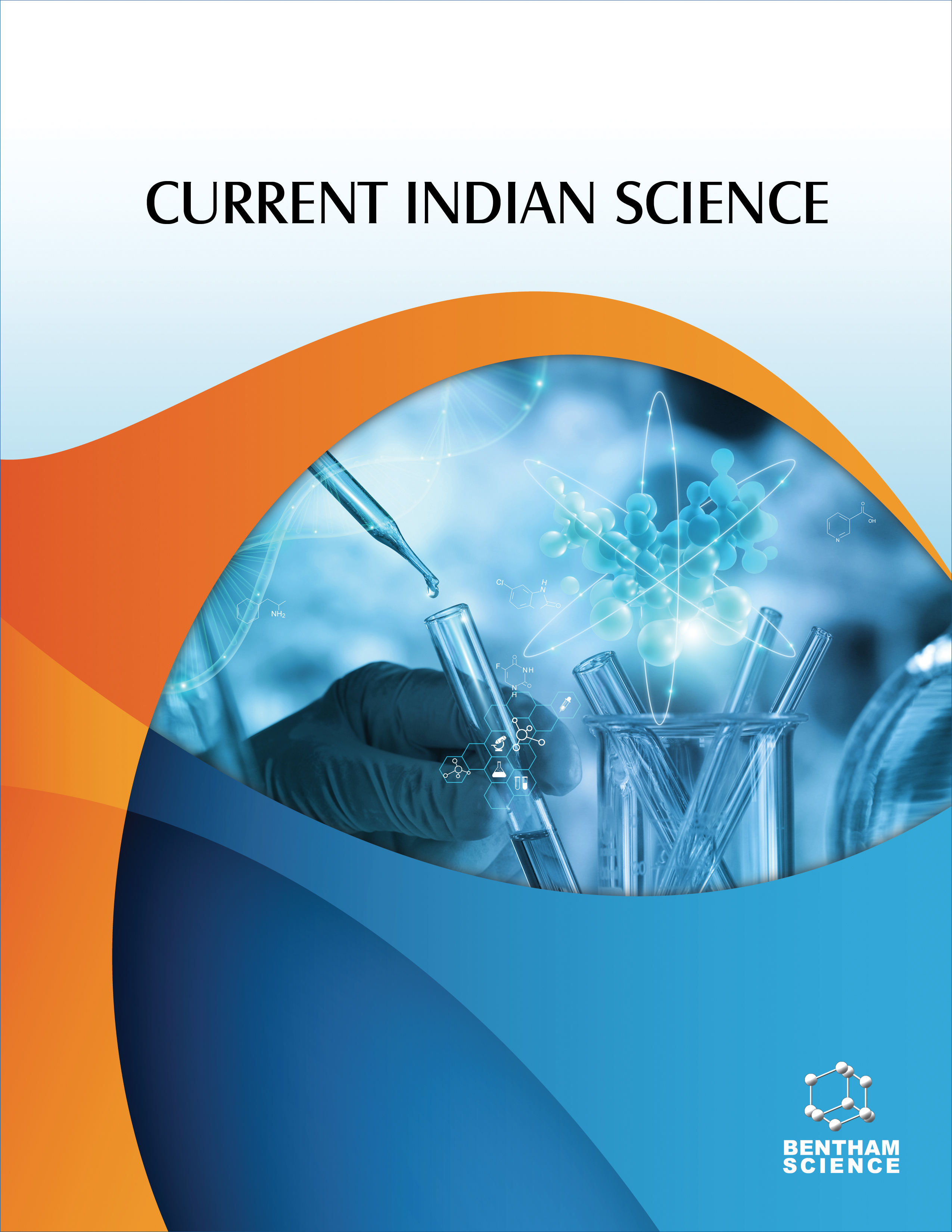-
oa Bioactive Furanocoumarin 'Alloimperatorin': Therapeutic Importance and Pharmacological Activities in Medicine
- Source: Current Indian Science, Volume 1, Issue 1, Jan 2023, e240123213083
-
- 13 Sep 2022
- 30 Dec 2022
- 01 Jan 2023
Abstract
Plants and their derived phytochemicals commonly called secondary metabolites have been used in medicine as a good source of medicine for the treatment of numerous kinds of human disorders and associated complications. Herbal medicines have been used in modern medicine for the treatment of some chronic disorders, including cancer. Coumarins class phytochemicals are important in medicine and mainly derived from plant sources, including Angiosperms. Coumarins have numerous biological activities including antimicrobial, antibacterial, antifungal, antioxidant, antitumor, anti-HIV, antihypertension, anticoagulant, anticancer, antiviral, anti-inflammatory, analgesics, antidiabetic, and anti-depressive.
Here in the present work, numerous scientific data were collected from different scientific databases and analyzed in order to know the biological potential of alloimperatorin in medicine. Google, Google Scholar, PubMed, and Scopus databases were searched and analyzed to know the medicinal properties and therapeutic potential of alloimperatorin. Therapeutic potential of alloimperatorin was investigated in the present work through scientific data analysis of different scientific research work. Pharmacological activities of alloimperatorin were analyzed in the present work to know the beneficial health aspects of alloimperatorin against various forms of human disorders.
Scientific data analysis of different research work revealed the therapeutic potential of alloimperatorin in medicine. Alloimperatorin is a coumarin class phytochemical found in the Angelica dahurica. Alloimperatorin revealed significant therapeutic potential in medicine mainly due to its anti-oxidative, anti-inflammatory, anti-apoptotic potential, however its biological potential in breast cancer and their photosensitization effect were also discussed in the present work. Analytical data signified the presence of alloimperatorin in different medicinal plants.
Present work signified the biological importance and therapeutic potential of alloimperatorin in medicine.


